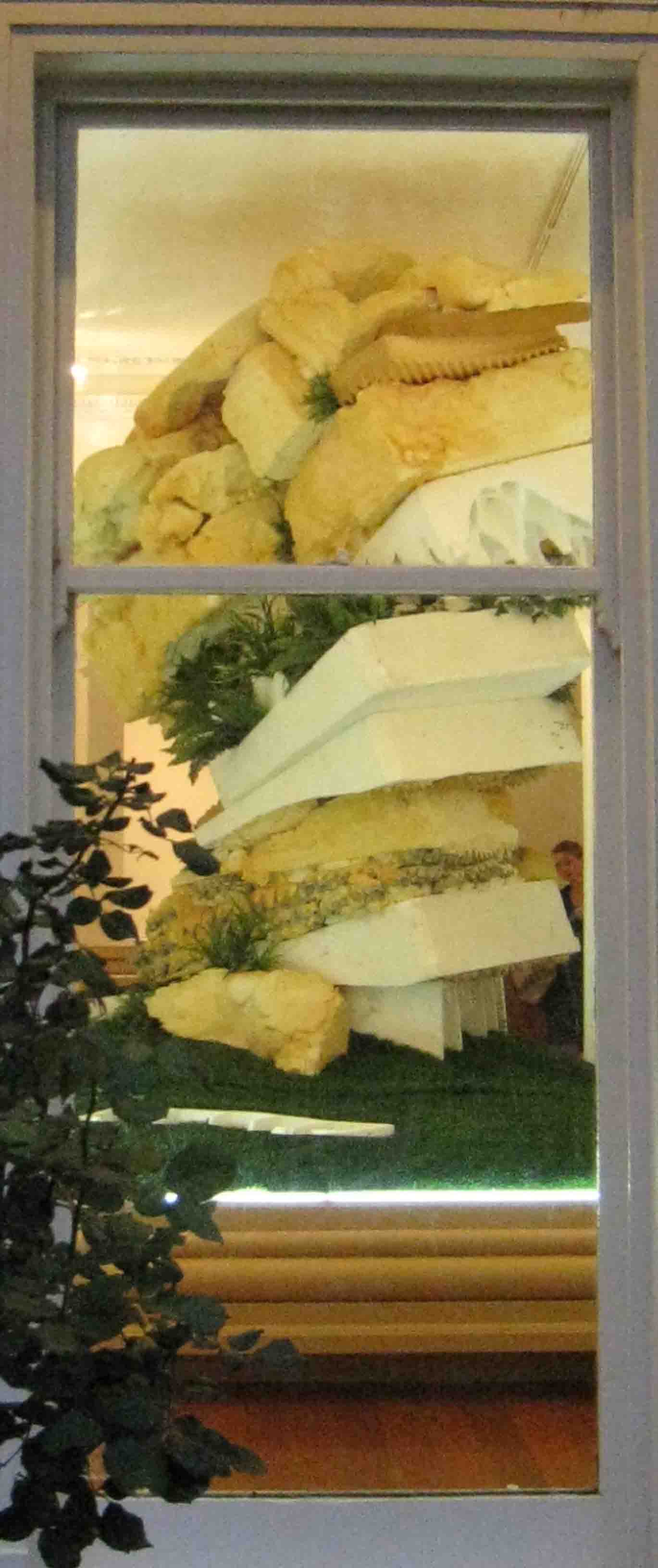Exhibitions / (it will be a) New Garden
09.04.2010 to 30.04.2010
 It will be a (New Garden) + Pebble Botanica
It will be a (New Garden) + Pebble Botanica
Linden Centre for Contemporary Art, St Kilda
4th - 30th September 2010
UN Magazine 4.2.
Exhibition Review by Justine Grace
The real voyage of discovery consists not in seeking new landscapes, but in having new eyes. -Marcel Proust
The perceived alterity of the East has long been a source of inspiration for artists from the Occident. From Jean-Léon Gérôme's sensual odalisques to Picasso's Afro-cubist aesthetic, Western artists have appropriated subjects, forms and styles from the 'other' as a means to break with the Western canon. Since the rise of postcolonial discourse in the 1970s, this process has become riddled with anxiety, through association with the political hegemony of the coloniser. But in an increasingly globalised world defined by migration and a loss of cohesiveness in relation to national identity, the use of other cultural forms now seems less fraught with imperial tension. For curator Nicolas Bourriaud, it is precisely the viewpoint of migration that characterises contemporary artistic styles where the 'altermodern' artist is a 'cultural nomad' who 'takes as their starting point global culture', producing 'links between signs far away from each other' and exploring' the past and the present to create original paths'.1
The question of cultural nomadism and spatiotemporal displacement was played out to great effect in Benedict Ernst's installation and sculptural works Pebble Botanica and (there will be a) New Garden in the exhibition Innovators I held at the Linden Centre for Contemporary Arts. It was a hybrid project that traversed time and cultures, taking the viewer on a journey through Alice in Wonderland dimensions where each of the different components constantly shifted the viewer's spatial relation to the work. Enclosed in the front room of the gallery, the first encounter with Ernst's monstrous garden was as a vista through a newly constructed bay window -a hallmark of the building's Victorian architecture. Upon entering the room, you were invited to sit at a park bench; an apparent replica, its absurd dimensions were only rendered concrete as your feet were left hovering above the floor.2 The view: a tower of Babel made of waste and kitsch plastic plants one might expect to find in a suburban Two Dollar Shop set within an oversized bonsai pot. Nearby, a shelf displayed a miniature Japanese rock garden.
From the Flemish genre painting of the seventeenth century to the American earth artists of the 1960s and the preponderate use of plant life in contemporary Australian art, artistic engagement with the natural world is hardly a new phenomenon.3 Given this, what is particularly interesting about Ernst's work is that it proposes something new through a series of unresolved tensions that both reflect and challenge our preconceived notions of the world around us. Through the alteration of scale the viewer is both dominator of and dominated by Ernst's 'natural world'. We are inside a gallery but, through the presence of a window, the outside is equally present. The conventional beauty associated with the garden is realised through a dynamic visual balance, but is simultaneously confounded through the use of weeping vines of plastic ivy, artificial turf and exploding mounds of foam.
The work was a continuation of concepts and forms that were previously explored in two different, but similarly titled works, The Garden of Love.4 Here, Ernst's starting point is the aesthetic of Japanese rock gardens. In light of Bourriaud's concept of the artist-as-cultural-nomad, however, the Linden exhibition is the most dynamic and successfulof these three works. Moving beyond a mere quotation of other forms, the work translates different cultural and historical elements into an original arrangement: a theatrical garden installation that deconstructs both the convention of the landscape genre and our customary interaction with the garden.
l.Nicolas Bourriaud, Altermodern: Tate Triennial, exh. cat., Tate Publishing, London 2009, unpaginated.
2.The park bench is an accurate 1:1.5 scale model. Email correspondence between the artist and writer, 22 August 2010.
3. Recent works on this theme include: Alicia Frankovich, 'Medea', New 010, Australian Centre for Contemporary Art, 2010; Mark Parfitt, 'Dream Bote', Fremantle Arts Centre, 2010
4.The Garden of Love 2009, The Library Artspace; The Garden of Love 2008, Japan Foundation, Sydney.
Justine Grace is a PhD candiclate in the School of Culture and Communications at the University of Melbourne. Her research focuses on the enduring presence of the sacred in modern and contemporary art.
Pebble Botanica (detail) 2010
pebbles, wood, toothpicks, toothbrushes, coffee stirrers
dimensions variable
Pebble Botanica (detail) 2010
pebbles, wood, toothpicks, toothbrushes, coffee stirrers
dimensions variable




 New Garden DETAIL 2.jpg)
 New Garden_3.jpg)
 New Garden 2.jpg)
 New Garden 1.jpg)